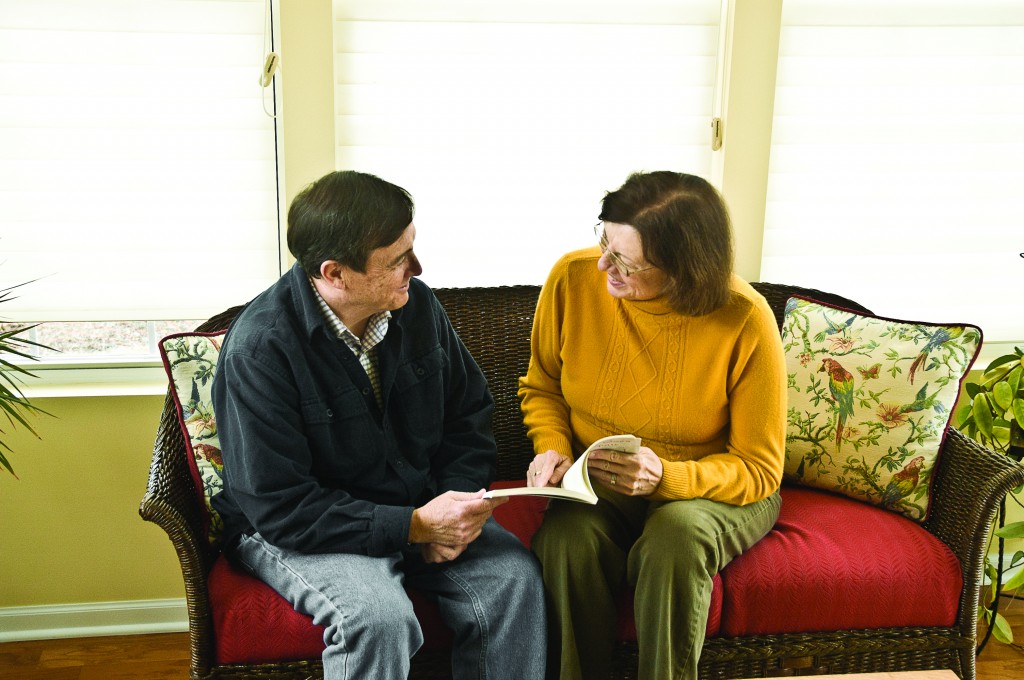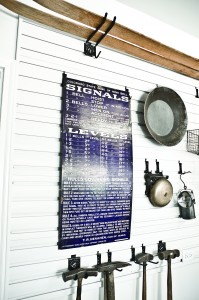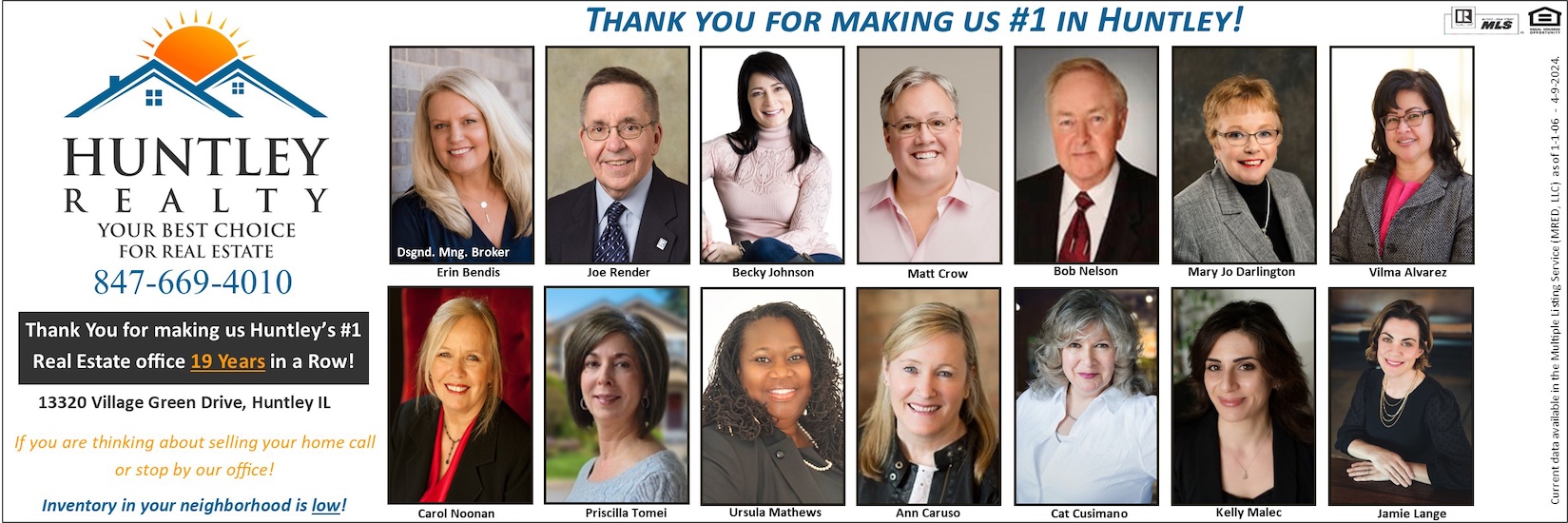EDGEWATER – When Karen Vendl was asked to fill in for her boss and interview an applicant for a position at the Environmental Protection Agency office in Chicago, she did not know she was recommending someone she would be working with over 30 years later.
“I just told my boss he had the background [that] my boss told me he was looking for,” she said.
Karen also did not know that Mark, the man she recommended for the job, would later become her husband.
The couple stayed on at the EPA together; Karen specializing in economic geology and Mark in sedimentology.

Mark and Karen Vendl look over their favorite pages from the book they wrote together,
“Colorado goes to the Fair.” The book explores how miners from Colorado brought their
wares to the 1893 World’s Fair to promote their state and livelihood. (Mason Souza I Sun Day Photo)
Over the years, the Vendls would take many trips to Colorado. Karen joked that it was a requirement of their marriage that they go at least once a year.
With time, the Vendls discovered something in Colorado more captivating than geological data: their passion for mining history.
The Vendls’ time spent networking with the Mining History Association and conducting research yielded the couple’s first book: “Colorado Goes to the Fair.” Co-written by friend Duane Smith, the book explores the connection between Colorado and the 1893 World’s Columbian Exposition, held in Chicago.
“The fair is such a large thing, it’s hard to write about everything. So you pick something little that you can look at,” Mark said.
At the time of the Fair, Colorado’s economy was hurt from the repeal of the Sherman Silver Purchase Act in 1893. The act had increased the government’s required monthly purchase amount of silver, and with its repeal, silver miners were hit hard.
Miners took to Chicago to promote their state and industry at the Exposition, which featured a building dedicated to the mining industry.
“People would say things like, ‘Sell the farm and go to the fair,'” Mark said.
The Vendls conducted research at various public libraries, scanning through books, newspapers, and photos documenting miners and the fair. One of their key discoveries was an exhibit at the fair made by Englishman William Keast.
Keast had created a model of the Saratoga Mine in Gilpin County, Colorado, complete with mechanical men powered by a then newly-harnessed resource: electricity.
Karen wrote a piece on Keast’s model in the Mining History Association’s newsletter. The Vendls learned Karen’s writing had gone transatlantic when they received a letter from Keast’s great-granddaughter. More information and pictures on the model followed, and the Vendls’ book was dedicated to Keast.
The book was published in September 2011, and not long after, the Vendls were struck by the prospect of another book.
This time, they were drawn to the San Juan mountains of Southwestern Colorado. It was there in the late 1800s that a mining boom created the need for several mining boarding houses.
“The mountains are very, very rugged and these mines are way high up in the mountains. And so when you have this mine and you’ve got anywhere from 20 to 300 people working there, they can’t walk to town and back to work; they have to basically live there,” Mark said.
Most of these boarding houses have disappeared – their fates sealed either long ago by avalanches and fires or by time and deterioration.

Mark and Karen Vendl’s home contains many artifacts including
various stones, ore, and as seen here, mining equipment. (Mason Souza I Sun Day Photo)
The Vendls were able to see enough of the still-standing structures and conduct research to produce a book on the boarding houses and the miners who lived in them. The book is due out this summer.
Peril was a constant presence in the boarding houses, and in their book, the Vendls illustrate how it helped bond the miners as family.
“I just found one [story] where there was a real bad slide and the rescue parties quit for the night. And they heard some loud breathing, and so they went and started digging right away to see who was under there, and it was a dog,” Karen said. “They found their dog.”
Not all moments were tense, however. The Vendls also reveal the miners as pranksters who could forget about the danger at times and have fun.
“The most important person at the mine was the cook because if you didn’t feed these guys well and the food wasn’t good, they’d leave,” Mark said.
The Vendls remain active with the Mining History Association and still visit Colorado regularly; they just returned from a trip there last month.
As a couple, they’ve found that the love of earth science that brought them together has grown and changed through their 29 years of marriage.
“It definitely has been a shift from the science part, at least for me, [from] the mineral collecting and the geology part and [to] more of the history,” Mark said.




